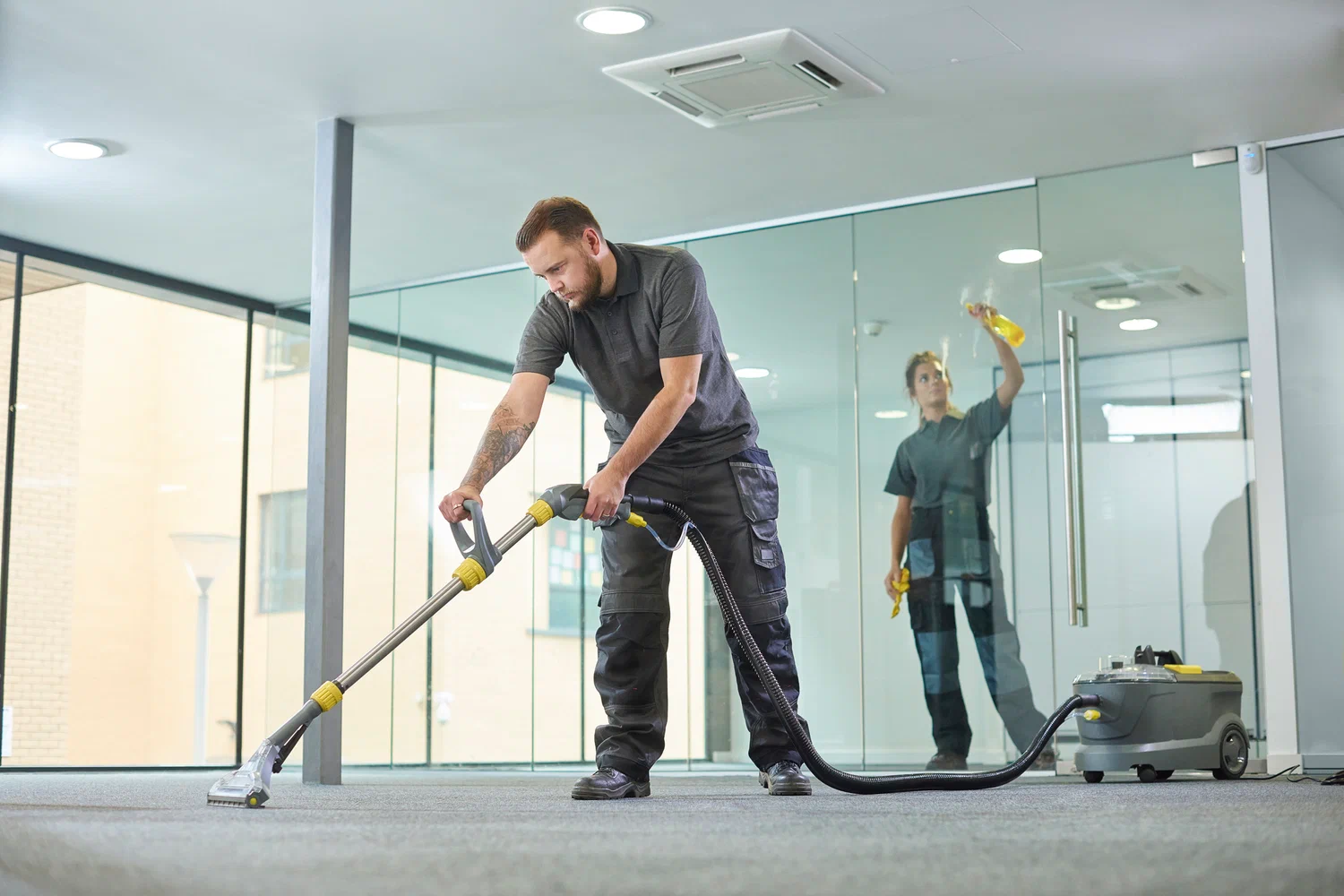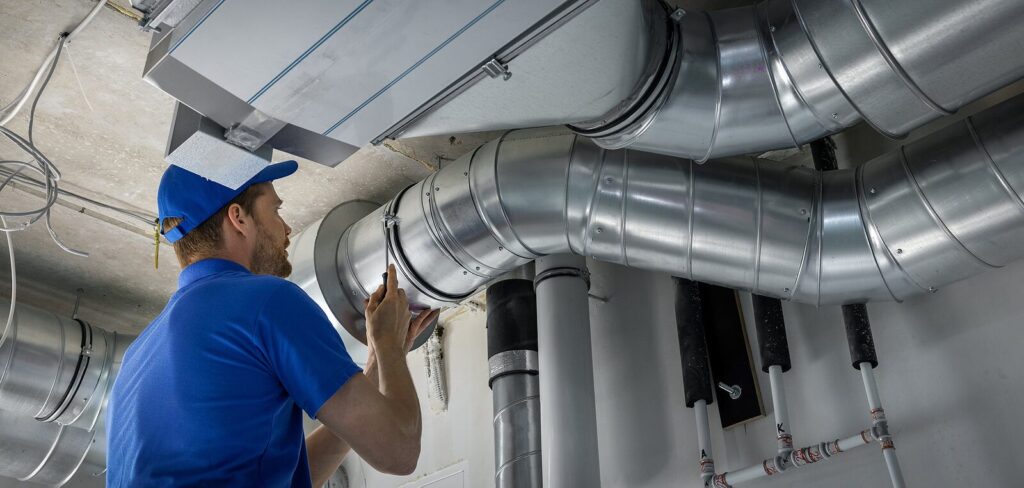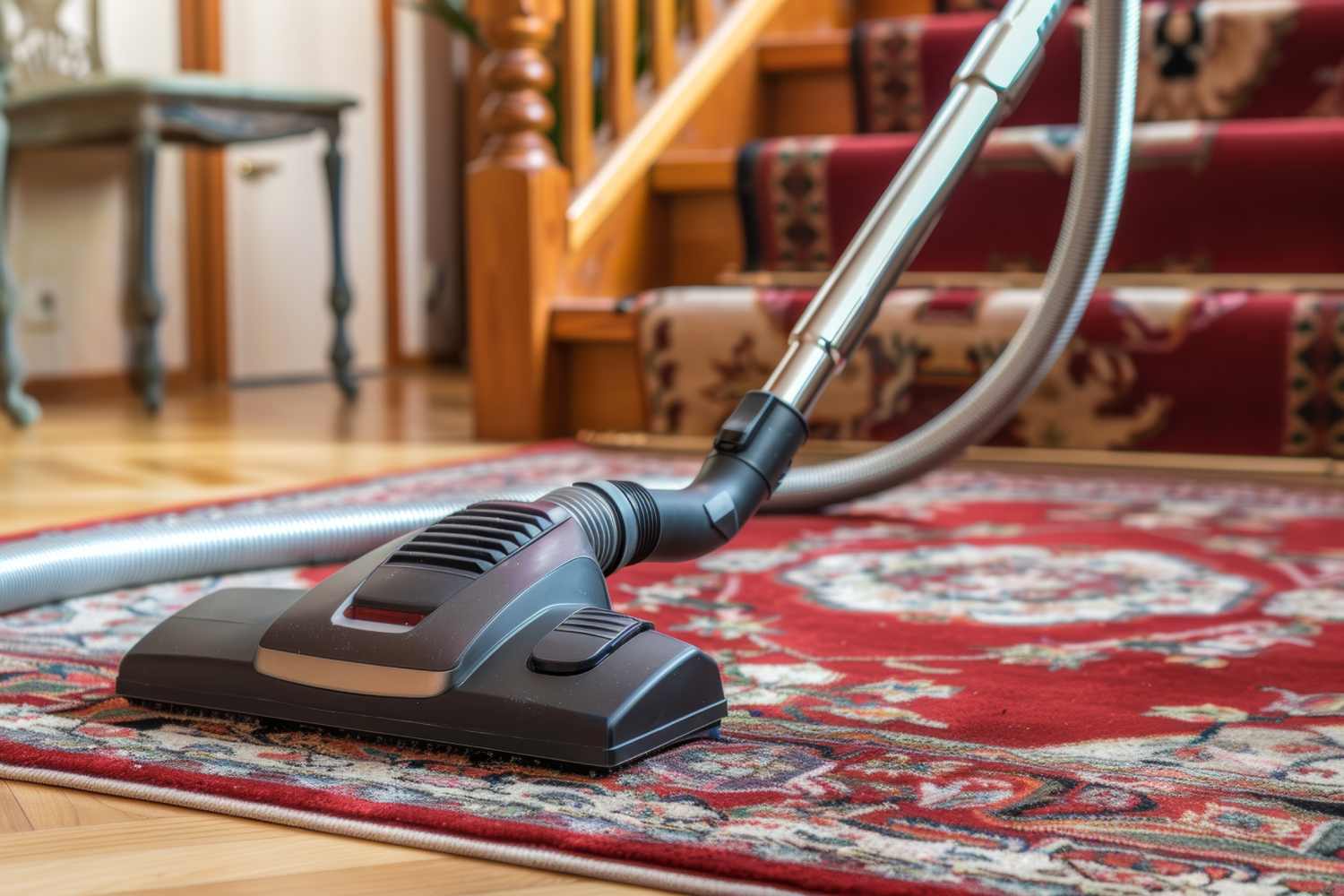In the cleaning industry, two primary goals often drive how and why spaces are cleaned cleaning for health and cleaning for appearance. While both are essential, they serve different purposes. Cleaning for appearance focuses on visible cleanliness, which includes dust-free surfaces and tidy spaces. In contrast, cleaning for health is aimed at reducing harmful pathogens, allergens, and other contaminants to create a safe and sanitary environment. Understanding the distinction between these approaches can help businesses, homeowners, and facilities managers make informed choices that enhance well-being and protect property value.
A Growing Awareness
The demand for healthier living and working environments has made health-centric cleaning more prominent. Unlike traditional cleaning methods, which prioritize aesthetics, health-focused cleaning aims to control and eliminate germs, allergens, and other harmful particles. This approach supports overall wellness and reduces the risk of illness, making it particularly important in high-traffic areas such as hospitals, schools, and offices. Health-based cleaning isn’t just a trend; it’s a necessary adaptation for environments where people are more aware of the impacts of sanitation on health.
The Purpose of Cleaning for Health
Cleaning for health targets the elimination of harmful contaminants, aiming to maintain a hygienic environment. This method is often more thorough, as it incorporates techniques and products designed to kill or remove viruses, bacteria, fungi, and other pathogens. For instance, in workplaces or public spaces, a health-focused cleaning plan can reduce the spread of infections, making it an essential approach in settings with high foot traffic. A commercial cleaning service can implement strategies like high-touch-point disinfection and air quality control measures that significantly reduce the presence of airborne and surface-based contaminants, ultimately fostering a safer environment for occupants.
This approach often involves using specialized products and techniques such as electrostatic disinfecting, high-efficiency particulate air (HEPA) filtration, and UV sanitation. These methods go beyond surface-level cleaning to target areas where germs and allergens can accumulate, ensuring a deeper level of cleanliness and protection for the people within the space.
Appearance-Based Cleaning: Aesthetic Focus
While health-centered cleaning prioritizes reducing invisible threats, appearance-based cleaning aims to create an inviting and visually pleasing environment. It primarily involves removing visible dirt, dust, and stains to enhance the visual appeal of a space. Clean floors, sparkling windows, and organized surfaces contribute to a tidy and well-kept appearance, creating a positive impression on visitors, clients, and customers.
In settings like retail stores, lobbies, and reception areas, appearance-based cleaning can influence customer perceptions and satisfaction. People tend to associate a clean, orderly space with professionalism and quality. However, while appearance-based cleaning may seem sufficient on the surface, it may not address hidden germs and contaminants that affect health.
Health vs. Cleaning
Health-focused cleaning differs significantly from appearance-based cleaning in the methods, products, and strategies it uses. Health-centric cleaning relies on disinfectants, sanitizers, and air-purifying solutions that kill or neutralize pathogens. Appearance-based cleaning, on the other hand, often uses general-purpose cleaners and focuses on removing visible dust and debris rather than tackling microscopic contaminants.
Health-Centric Cleaning Products
To improve health, cleaners use EPA-approved disinfectants, HEPA filters, and cleaning solutions that target pathogens. This includes processes such as deep-cleaning carpets, sanitizing doorknobs, and applying antimicrobial agents. In addition, this method emphasizes routine cleaning of high-touch areas that harbor bacteria and viruses.
Appearance-Centric Cleaning Products
Appearance-based cleaning typically uses milder, all-purpose cleaning solutions that effectively remove surface dirt, streaks, and stains. This type of cleaning may involve using products like window cleaners, mild detergents, and polishers to enhance the aesthetic quality of surfaces and spaces.
The Benefits of Health-Focused Cleaning
Focusing on health-centered cleaning can lead to numerous benefits for building occupants and employees. Research shows that improved indoor air quality and cleaner surfaces can decrease illness, allergies, and absenteeism among employees. This is particularly important in environments where vulnerable populations are present, such as in healthcare facilities and schools. Health-based cleaning supports a higher standard of sanitation, ultimately promoting wellness in the long run.
Health vs. Cleaning remains a significant distinction as more people understand the health risks associated with improperly cleaned spaces. For example, neglecting high-touch points like elevator buttons and shared desks can lead to the spread of contagious illnesses, highlighting the importance of cleaning practices that prioritize health over appearance alone.
The Role of Cleaning Frequency and Technique
In health-centered cleaning, frequency, and technique are crucial factors that go beyond regular, superficial cleaning. Cleaning for health often requires more frequent attention to high-traffic and high-touch areas to keep germs and contaminants at bay. It also includes adopting advanced methods like fogging, steam cleaning, and the use of non-toxic disinfectants that ensure lasting sanitation. Appearance-based cleaning, however, might only involve periodic touch-ups and basic cleaning to maintain visual tidiness.
Each cleaning technique is also optimized for specific goals. For example, a commercial cleaning company may recommend daily or weekly disinfection in settings like hospitals or office spaces. On the other hand, in a retail store, an appearance-based approach might suffice, with periodic deep cleans to keep surfaces looking fresh.
Health vs. Cleaning: Which One Matters More?
While both health and appearance are important, the choice often depends on the environment and the specific needs of the space. For instance, in healthcare facilities, health-centric cleaning is vital due to the vulnerability of patients. In contrast, for a retail store, visual appeal may take precedence as it directly impacts customer experience.
Ultimately, both types of cleaning can be integrated to create a balanced approach. Many businesses and facilities choose to combine health-centered cleaning with appearance-based methods, ensuring that spaces are not only safe but also welcoming and visually appealing. By implementing a holistic cleaning program, businesses can address the critical aspects of both health and aesthetics.
Creating a Holistic Cleaning Strategy
Achieving a clean environment that supports both health and appearance requires a comprehensive approach that leverages the strengths of both methods. A strategic cleaning plan incorporates regular sanitation of high-touch areas, routine air purification, and visual upkeep to maintain both the safety and appeal of a space. Working with a commercial cleaning company can ensure that the right balance is achieved. These companies bring expertise and tailored solutions that cater to each space’s specific requirements, whether the focus is on pathogen reduction, dust control, or aesthetic appeal.
For example, in office spaces, a balanced approach could include nightly disinfection of surfaces combined with weekly deep-cleaning sessions. In restaurants, frequent sanitation of kitchen areas, paired with attention to dining room cleanliness, can ensure both the health and satisfaction of patrons.
Conclusion
In the modern world, Health vs. Cleaning is no longer just a binary choice; it’s about achieving the best of both. By focusing on health, businesses, and facilities can create safer environments that reduce the risk of illness, protect vulnerable populations, and improve overall well-being. Simultaneously, maintaining an appealing appearance contributes to positive perceptions and satisfaction among employees, customers, and visitors.
By understanding the differences between cleaning for health and cleaning for appearance, decision-makers can make more informed choices. A space that is both healthy and visually clean fosters confidence, well-being, and trust among all who enter it.




